> To see where Mission Santa Gertrudis is, see maps and directions at bottom of page <<
This mission has a unique and sometimes confused history as it had originally been planned to be named Dolores del Norte. That name appeared on Jesuit records and maps of the early to mid 1700s. Padre Fernando Consag (of Mission San Ignacio, 1733-1759) was responsible for the first baptisms recorded for Dolores del Norte, a mission that only existed on paper. After Consag’s second expedition, in May 1751, and not finding a better mission location, the oasis here (that he named La Piedad) was chosen. Consag, with help from from a highly skilled, but blind Cochimí named Andrés Comanají (who liked to be called ‘Sistiaga’ for his affection of the Jesuit he once served, at Mulegé), began building at La Piedad.
To be a true mission, the chosen location had to have a financial sponsor and a full-time priest. The funds came from the Marqués de Villapuente, who had sponsored Mission San José del Cabo. When the Jesuits closed that mission, in 1748, the funds were soon made available. In honor of the marqués wishes, the mission would be named for his wife, Gertrudis. A Jesuit, Padre Georg Retz, was available following many months training and learning the Native tongue at San Ignacio. Retz arrived at La Piedad on July 15, 1752 to open the new mission of Santa Gertrudis.
2017
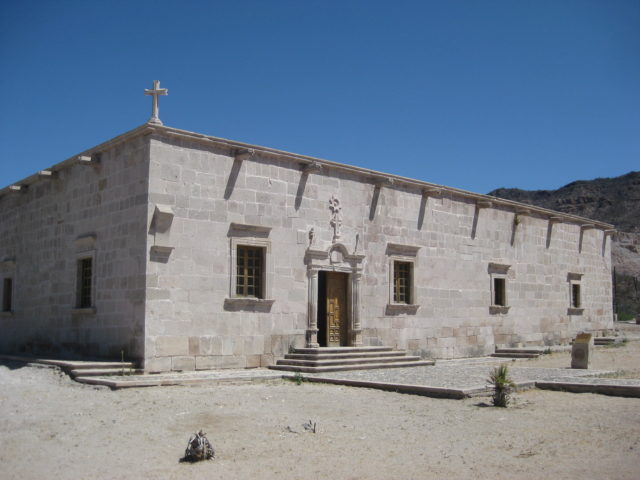




















2012




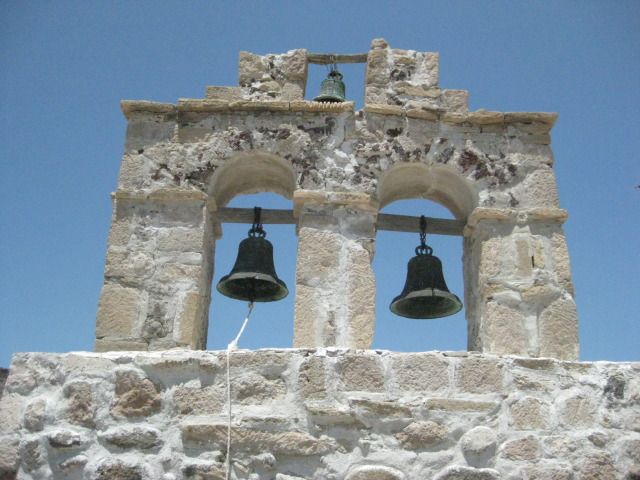

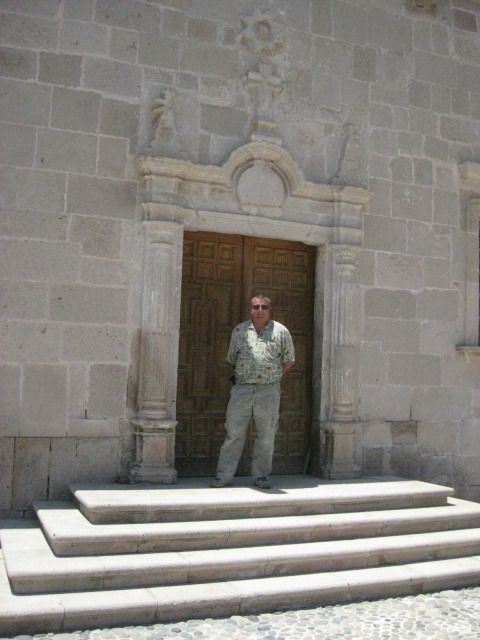


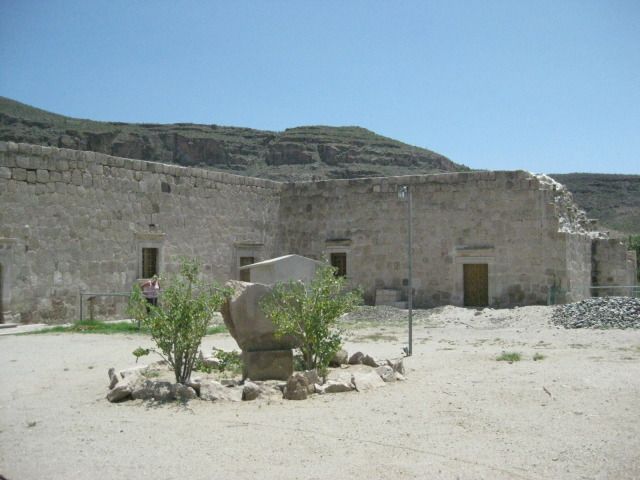
The mission church was locked and there seemed to be nobody in the village. A Mexican family with their SUV was parked at the oasis having lunch as we drove by. I guessed them to be visitors, as well. I took lots of photos of the stone church, and its unique separate bell tower. The present church was completed by the Dominicans in 1796. The Franciscans were here 5 years, before moving on to Alta California in 1773. The mission founding Jesuits were here until 1768, when the king of Spain ordered them all removed from New Spain. This mission was planned at least as far back as 1744 to be called Dolores del Norte, but when funds were available in 1748 with the closing of Mission San Jose del Cabo, the name was changed to honor the benefactor’s wife. Construction of the first adobe buildings started in 1751, a year before a priest was available to man the new mission. The mission was abandoned in 1822, but some families continued to live here.
In 1997, the mission was greatly renovated, and some of its historic charm was lost, on the interior changes. Today there are displays and exhibits on the area history, including a mine cart, perhaps from Pozo Alemán.
Dec. 31, 2001

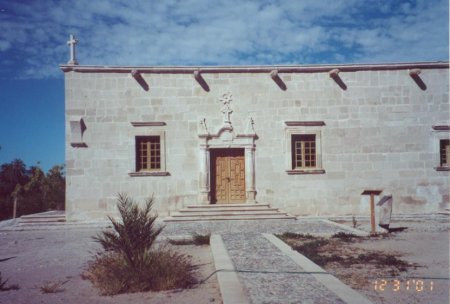
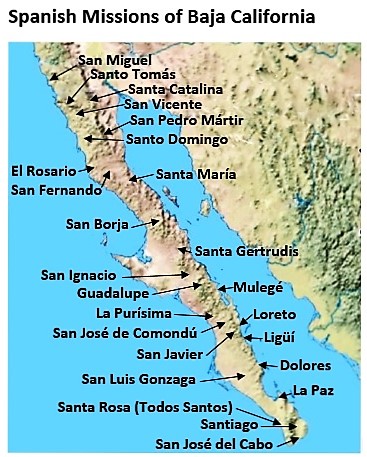


- GPS: 28.051117, -113.085325 (just north of the state border)
- Directions: South of Guerrero Negro/ north of Santa Rosalia, on Highway 1 to Km. 154.5 (37 dirt miles via Guillermo Prieto) or Km. 189 (47 dirt miles via El Arco). These dirt toads are generally very good. There are no services anywhere on these roads, no gasoline, no accommodations.
- Mission San Fernando in photos: https://vivabaja.com/san-fernando/
- Mission Santa María in photos: https://vivabaja.com/santa-maria/
- Mission San Borja in photos: https://vivabaja.com/san-borja/
- Mission San Ignacio in photos: https://vivabaja.com/san-ignacio/
- Mission San Javier in photos: https://vivabaja.com/san-javier/
- All the missions, quick look and history, north to south: https://vivabaja.com/mission-site-photos/
